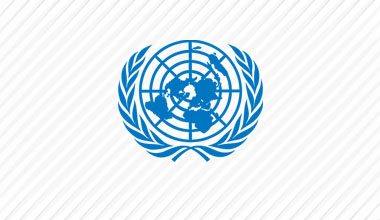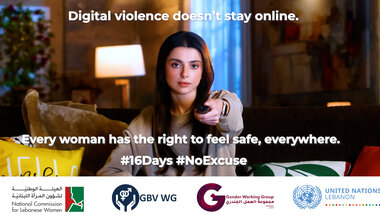Launch of the Lebanon Crisis Response Plan
(Beirut, 19 January 2017): Today Prime Minister Saad Hariri together with UN Special Coordinator Sigrid Kaag and UN Resident and Humanitarian Coordinator Philippe Lazzarini, formally launched the Lebanon Crisis Response Plan 2017 – 2020 at the Grand Serail.
As the conflict in Syria approaches its seventh year, the Government of Lebanon and its national and international partners today appealed for US$ 2.8bn to provide critical humanitarian assistance and protection as well as invest in Lebanon’s public infrastructure, services and local economy in 2017.
The Lebanon Crisis Response Plan brings together more than 104 partners to assist 2.8 million highly vulnerable people living in Lebanon. It aims to provide protection and immediate assistance to 1.9 million Syrian refugees, vulnerable Lebanese and Palestine refugees and deliver basic services to 2.2 million people as well as to invest in Lebanese infrastructure, economy and public institutions.
Despite the concerted efforts of the government, the international community and civil society to mitigate the impact of the Syrian crisis on Lebanon and the large-scale response underway, the needs of the affected populations, both displaced and host communities, are outpacing the Government of Lebanon's and its partners’ ability to provide adequate services. As a result, coping strategies are being tested.
“As the crisis enters its seventh year, it is clear that Lebanon needs not only to be supported to manage the impact of the crisis but also to remain an anchor for stability and driver for reconstruction in the region. More attention is needed to transform the crisis into opportunity and to address pre-existing development constraints Lebanon has been struggling with for the last decade. It means enabling universal access to education for both Lebanese and Syrian refugees. It also means investments to stimulate economic growth and opportunities to create jobs. What is foremost needed is a national development plan,” UN Resident and Humanitarian Coordinator Philippe Lazzarini stated, adding that “Continued international solidarity and responsibility-sharing is therefore required, looking beyond humanitarian funding with a view to strengthening Lebanon’s development and resilience.”
Lebanon’s infrastructure is stretched to its limits due to a 28 per cent increase in its population in less than five years. Municipal spending on waste disposal has increased by 40 per cent since the start of the crisis. Vulnerabilities among both host communities and refugee populations have worsened over the past years with the vast majority struggling to meet their basic needs such as food, rent and healthcare. More than half of the Syrian refugees, ten percent of the Lebanese and six percent of Palestine Refugees from Syria live on less than US$ 2.5 a day. Over 250,000 school-aged Syrian refugee children are out of school.
In addition to the pressures on an already fragile infrastructure and the strain on public services, the conflict raging in Syria has had severe economic repercussions on Lebanon that have resulted in a loss of trade revenues, tourism and decline in investment.
In 2016, crisis response partners received US$ 1.2 billion against the joint appeal which has helped avoid a sharp deterioration in humanitarian conditions and the country’s infrastructure.
 UN
UN




